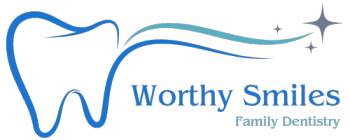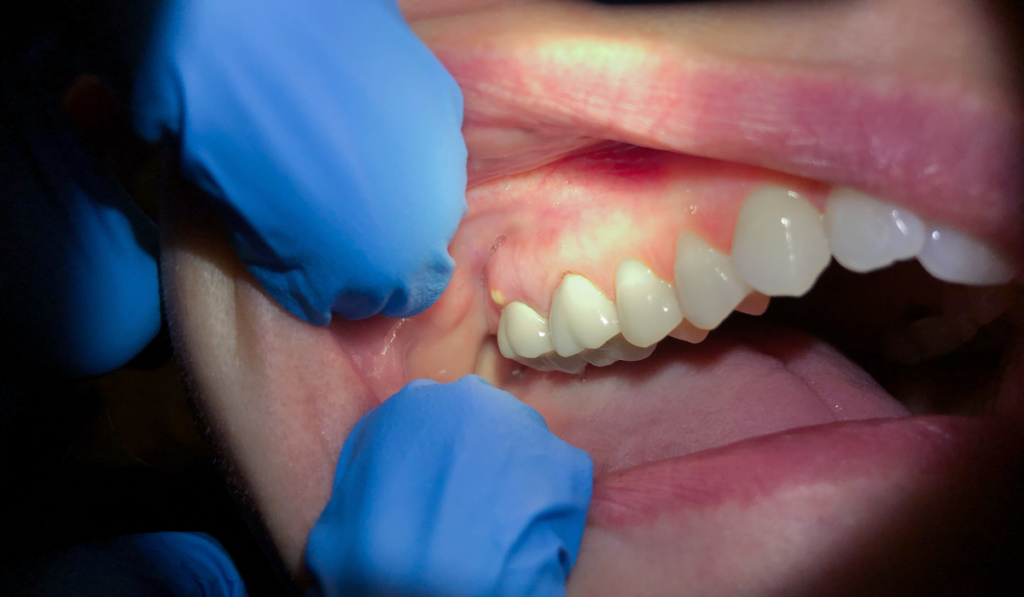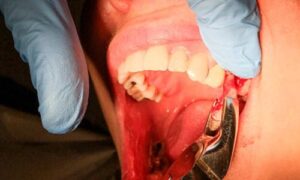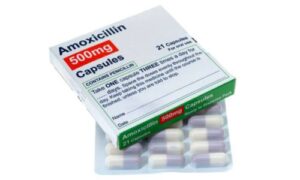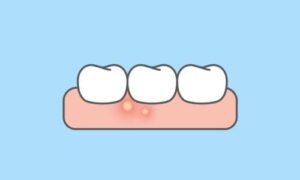What is a tooth abscess? When should you see your dentist? How do you remove a spot from your tooth? In this blog, we will discuss possible dental treatments for tooth abscesses.
A pus-filled pocket caused by a bacterial infection is an abscessed tooth. For various reasons, different areas around the tooth may develop an abscess near the tip of the root, a spot known as periapical form. An abscess known as a periodontal abscess, or “per-e-o-DON-tul,” forms in the gums next to a tooth root. There are specifics on periapical abscesses on this page.
The most typical causes of periapical tooth abscesses include an accident, an untreated dental cavity, past dental procedures, and untreated dental cavities. An abscess may develop at the tip of the root as a result of the infection that follows irritation and swelling (inflammation).
Dentists treat a tooth abscess by draining it and eliminating the infection. Your tooth could be saveable with a root canal procedure. But occasionally, it can be necessary to remove the tooth. Untreated dental abscesses can develop into serious, even fatal, problems.
Symptoms
Among the warning signs and symptoms of a tooth, the abscess is a severe, ongoing toothache that throbs and can radiate to your jawbone, neck, or ear; pain or discomfort in hot and cold environments; pain or discomfort from chewing or biting; a fever; swelling in your face, cheek, or neck that may make breathing or swallowing difficult; tender, swollen lymph nodes under your jaw or in your neck; a foul-smelling mouth; and a sudden.
Prevention
- To stop a dental abscess, you must avoid tooth deterioration. Maintaining proper oral hygiene will help you avoid tooth decay.
- Fluoridated water should be consumed.
- Use fluoride toothpaste to brush your teeth for two minutes at least twice daily.
- Floss between your teeth every day with dental floss or a water flosser.
- Change your toothbrush every three to four months or as soon as the bristles start to tear.
- Consume nutritious foods, avoiding sugary foods and between-meal snacks.
- Schedule frequent checkups and deep cleanings with the dentist.
- Consider using an antiseptic or fluoride mouthwash to provide an additional layer of defense against tooth decay.
When should you see your dentist?
According to the general rule of thumb, you should see the dentist once every six months. According to studies, individuals in good health can visit the dentist once a year, while those with dental problems should go every three to four months.
Your dentist may:
- Tap on your teeth while inspecting them and their region. Generally, a tooth with an abscess at the root is sensitive to pressure or touch.
- Suggest an X-ray. Finding an abscess in the painful tooth might be assisted by an X-ray. Your dentist may also utilize X-rays to establish whether the infection has progressed and resulted in abscesses in other locations.
- Suggest a CT scan. A CT scan may determine how nasty the infection is and whether it has spread to other parts of your neck.
Dental Abscess | Symptoms and Treatment
Treatment for Tooth Abscess
Eradicating the infection is the aim of therapy. Your dentist may: • Incise the abscess to release the pus. The abscess is sliced open by the dentist, enabling the pus to drain. The dentist then uses salt water to clean the area (saline). Occasionally, a rubber drain is inserted to maintain drainage until the edema subsides.
- Complete a root canal. This may aid in clearing up the infection and preserving your tooth. Your dentist must drill into your tooth to drain the abscess and remove the damaged pulp.
- If the tooth is a back tooth, a crown may be placed to strengthen it. The tooth’s pulp chamber and root canals are then filled and sealed by the dentist. Your repaired tooth may last a lifetime with appropriate care.
- Remove the painful tooth. Your dentist will take the afflicted tooth if it cannot be salvaged and drain the abscess to eliminate the infection.
Suggest antibiotics. It’s possible that you won’t require antibiotics if the illness is contained in the abscessed region. However, your dentist will probably recommend medications to stop the disease from spreading if it has already reached the surrounding teeth, jaw, or other areas. Your dentist may also recommend antibiotics if you have a weakened immune system.
Other related blogs:
